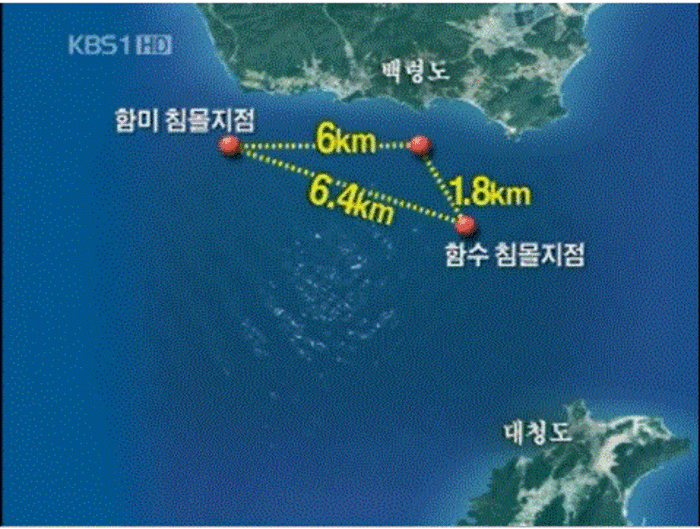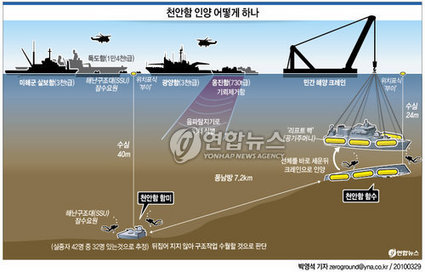The Gulf of Tonkin Incident, in 1964, was a major turning point in US military involvement in Vietnam. It authorized Prezi Johnson by the Gulf of Tonkin Resolution to retaliate for the purported attacks in the Gulf of Tonkin and to start an official war against N-Vietnam.
In 1965, President Johnson commented privately: “For all I know, our Navy was shooting at whales out there.”
In 1981, Captain Herrick and journalist Robert Scheer re-examined Herrick’s ship’s log and determined that the first torpedo report from August 4, which Herrick had maintained had occurred—the “apparent ambush”—was in fact unfounded.
Finally, in October, 2005 the NYT reported that Robert J. Hanyok, a historian for the NSA, had concluded that the agencydeliberately distorted the intelligence reports that it had passed onto policy-makers regarding the incident. He concluded that the motive was not political but was probably to cover up honest intelligence errors…
History repeats itself.
“Honest errors” beat reality.
So what happened on March 26, 2010, when the Cheonan(Heaven’s Peace), a South Korean Navy ship carrying 104 personnel, sank in the shallow waters off the country’s west coast near Baengnyeong Island in the Yellow Sea?
First, an US-ROK joint military exercise named “Key Resolve/Foal Eagle” was in progress near the island on that day and it is highly probable that the Cheonan was at the site as part of the exercise, although this was denied by the ROK admin.
What we can conclude from the emerged data is that the corvette was about about 1 nautical mile (1.9 km) off the southern cliffs of Baengnyeong Island crusing at high speed direction southeast, almost parallel to the shore. At 9:22 p.m. local time an explosion at the port side (left-towards the island) near the stern tore the corvette in half.

Baengnyeong Island above, the left red dot shows the position of the stern, the right dot the bow. Pic from here
At approximately 9:30 p.m. the Cheonan sinks. The stern and the bow will be found more than 6 kms apart, first in 40 m water, second in even more shallow depths of 20 meters.
 Pic from here
Pic from hereThe Yellow Sea is a very shallow water basin with overall depths only between 70 to 20 meters. So it is very unlikely that a hostile submarine can “hide” somewhere there – especially inmidst an ongoing navy exercise where three US/ROK warships – specialised on submarine hunting are present. Moreover there are huge tides between 5 to 10 meters which will make it even more speculative that some submerged vessel can hide in waters, merely 20 meters deep.
But the mystery around this affair deepens.
Tanaka Sakai has written an exceptional piece that you can read in the translation by Kyoko Selden HERE.
He speculates about the possible involvement of another force and provides you with many interesting facts that you can’t read from MSM, e.g. the mysterious death of a member of the special unit of the ROK Navy, UDT-SEAL (Underwater Demolition Team, Sea Air Land) Han Joo-ho…
A must-read.
Anyhow, the presentation of the rusty piece of scrap iron that the ROK-admin wanted us to believe to be the remains of the guilty NK torpedo showed us that nothing did fit in the official explanation.
Moreover it was said to be a “German torpedo” first that struck the Cheonan while it becomes more and more unclear what really caused the incident.
Stephen Gowans thinks the like when he writes “The sinking of the Cheonan: Another Gulf of Tonkin incident” and“there is, in fact, no direct link between North Korea and the sunken ship. And it seems very unlikely that North Korea had anything to do with it…”
Just what I think.
Far Sight 3, http://www.rumormillnews.com/cgi-bin/archive.cgi?read=174176
